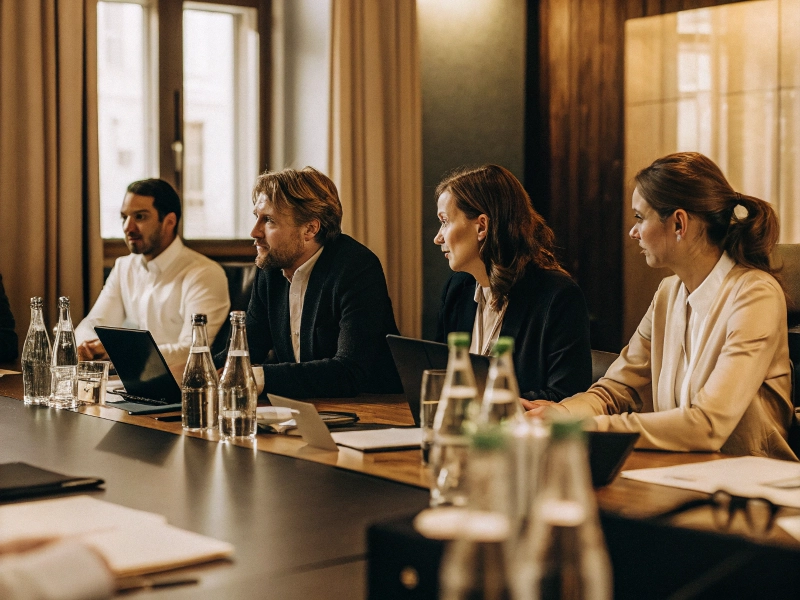
Ever since these new tariffs hit, I’ve watched companies scramble for solutions while their costs skyrocket. Many are rushing to find "tariff-free" suppliers without seeing the bigger picture. I’ve been there too, and there’s definitely a smarter way forward.
Finding reliable glass bottle suppliers amid new U.S. tariffs requires a strategic approach beyond just seeking tariff exemptions. You need a framework to identify alternative markets, thoroughly vet potential partners, calculate true landed costs, and build supply chain resilience to navigate today’s complex trade environment.
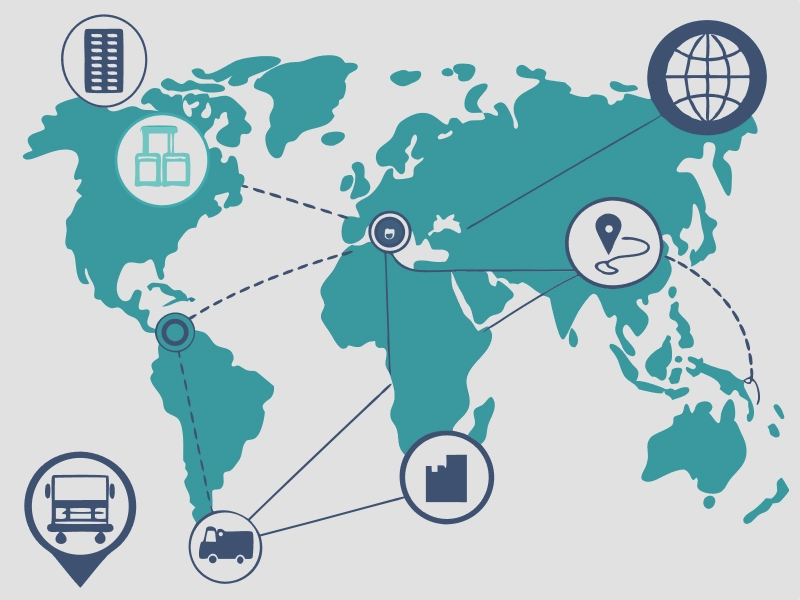
I’ve been in glass manufacturing for over 15 years, and if there’s one thing I’ve learned, it’s that panic decisions lead to expensive mistakes. This article will walk you through exactly what’s working for smart buyers right now – from understanding the real impact of tariffs to finding and vetting new suppliers and building a more resilient supply chain.
How Will New Tariffs Really Impact Your Business?
These tariffs aren’t just a minor inconvenience – they’re changing the entire game for anyone importing glass bottles, especially from China. I’ve seen the panic in my clients’ eyes when they realize their costs might jump 25% overnight.
The recent Section 301 tariffs significantly impact glass bottle imports from China (HS codes 7010.xx) with additional duties up to 25%. This directly increases product costs and creates indirect risks including supply disruptions, quality inconsistencies, and extended lead times as suppliers adjust to new market conditions.
No claim provided.True
The article explicitly states that 'The recent Section 301 tariffs significantly impact glass bottle imports from China (HS codes 7010.xx) with additional duties up to 25%.'
No claim provided.False
The article explicitly advises against waiting, stating 'Let me be straight with you – waiting to see what happens isn't an option' and provides an example of a spirits brand that delayed action and suffered negative consequences.
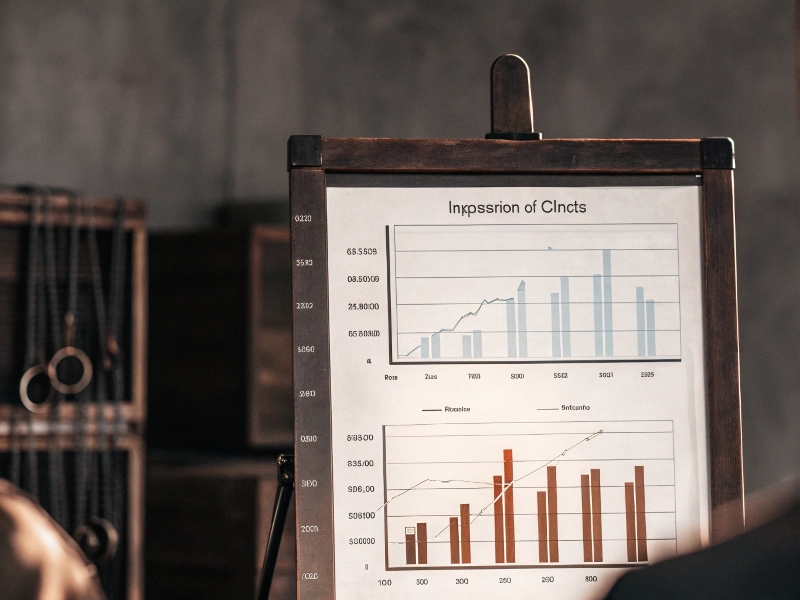
Let me be straight with you – waiting to see what happens isn’t an option. Last quarter, I worked with a spirits brand that delayed action on these tariffs, hoping they’d be temporary. By the time they realized the impact, their Q4 margins had evaporated, and they were scrambling for alternatives during their busiest season.
Here’s what you need to know about the practical impact:
-
Direct cost increases: Most glass bottles from affected countries face additional tariffs of 7.5-25%, depending on their classification and origin.
-
Supplier behavior changes: Even established suppliers may start cutting corners to maintain margins under tariff pressure. One client discovered their long-time supplier silently switched to lower-grade raw materials after tariffs hit.
-
Shipping delays: As importers rush to find alternatives, port congestion and customs processing times are increasing.
-
Price volatility: With rapidly changing policies, pricing has become less predictable, making budgeting nearly impossible.
Remember, these tariffs aren’t just about China anymore. The trade landscape keeps shifting, and what’s exempt today might not be tomorrow. Always verify the latest applicable tariffs for your specific HS code and country of origin with your customs broker. You need a forward-looking strategy, not just a reactive band-aid.
Where Should You Look for Alternative Suppliers?
When tariffs hit China, everyone immediately looks to the same few countries. But not all alternatives are created equal. I’ve toured factories across three continents, and the differences can be striking – even within the same country.
Key alternative sourcing regions include Mexico (USMCA benefits, proximity), Europe (Italy, Portugal, France with high-end expertise), India (cost advantages, full-range capabilities), and Southeast Asia (Vietnam, Thailand with growing capacity). Each offers distinct advantages in logistics, quality specialization, or pricing that align with different buyer requirements.
No claim provided.True
In the Mexico pros section, the article specifically states '1-2 week shipping vs. 4-6 weeks from Asia' as an advantage of Mexican suppliers.
No claim provided.False
The article actually states that European suppliers have the 'Highest production costs' in their cons section, not the lowest.
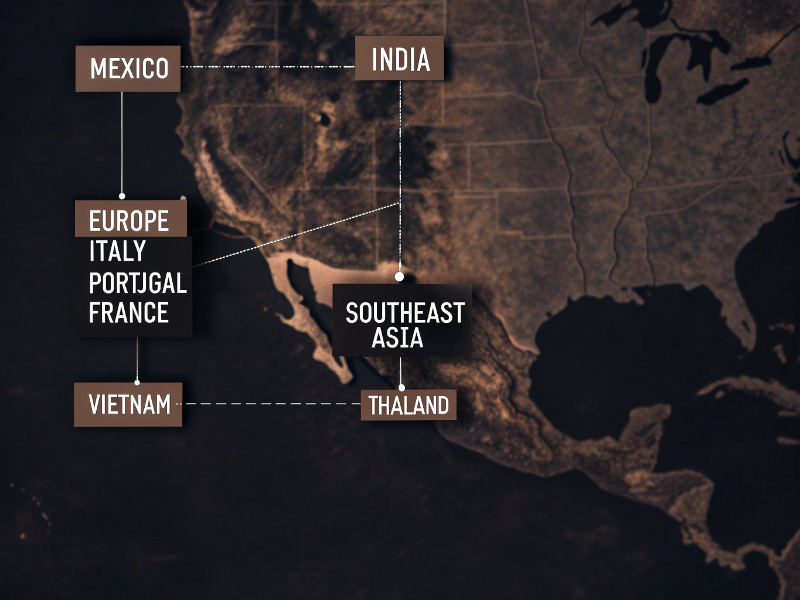
Here’s my honest assessment of the main alternatives based on firsthand experience:
Mexico:
- Pros: 1-2 week shipping vs. 4-6 weeks from Asia, zero tariffs under USMCA, cultural/time zone alignment with US
- Cons: Higher production costs (+15-25% vs. China), limited capacity in premium decorating, some quality consistency issues
- Best for: Wine bottles, food jars, basic spirits packaging, companies needing quick turnaround
I visited three factories in Monterrey last quarter. One was world-class, one was decent but at capacity, and one honestly wasn’t worth considering. You cannot generalize about "Mexican suppliers" – individual factory assessment is essential.
Europe (especially Italy, Portugal):
- Pros: Exceptional quality, advanced design capabilities, sophisticated decorating techniques
- Cons: Highest production costs, longer lead times than Mexico
- Best for: Premium spirits, luxury cosmetics, high-end fragrances
India:
- Pros: Competitive pricing, comprehensive manufacturing capabilities, English-speaking staff
- Cons: Longer shipping times, infrastructure challenges, communication style differences
- Best for: Cost-sensitive products with longer lead time flexibility, larger volume orders
Southeast Asia (Vietnam, Thailand):
- Pros: Developing good manufacturing capabilities, prices between China and Mexico
- Cons: Less mature industry, smaller factories, fewer specialized options
- Best for: Standard designs, moderate volumes
The ideal choice depends on your specific needs. A craft spirits brand I worked with last year found their perfect match in Portugal despite higher unit costs, because the superior bottle quality commanded higher retail prices. Meanwhile, a food company moved to Mexico for their standard mason jars and saw overall costs drop because of reduced shipping expenses.
Don’t just follow the crowd – analyze which alternative best supports your specific product, quality needs, volume, and timeline requirements.
How to Spot and Vet Truly Reliable International Partners?
Finding names of potential suppliers is easy. Finding RELIABLE partners who won’t let you down? That’s the real challenge. I’ve developed a systematic approach after seeing too many costly mistakes.
Identify potential suppliers through industry-specific platforms like Glass Global, Europages, or regional trade associations rather than general B2B marketplaces. Thoroughly vet candidates using a structured checklist covering certifications, production capabilities, quality systems, export experience, communication effectiveness, financial stability, and supply chain transparency.
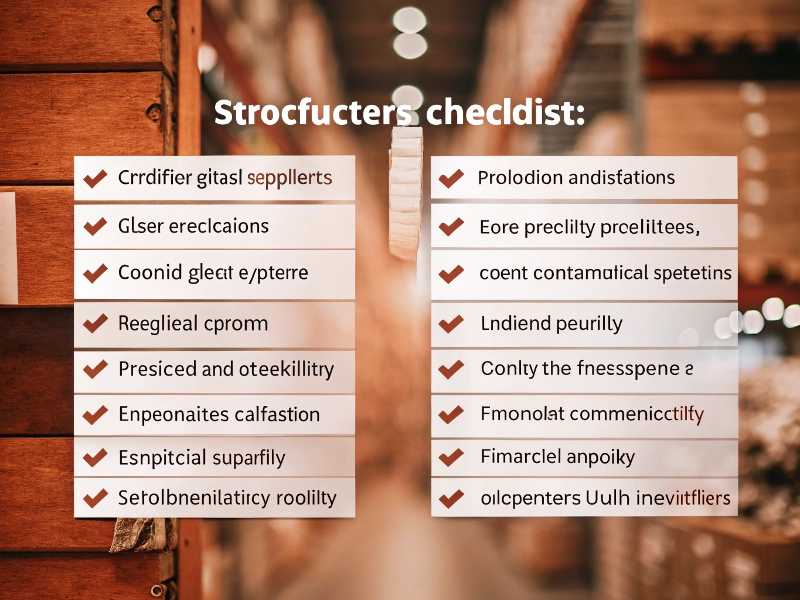
Let me share what I’ve learned about finding and vetting international glass suppliers:
Where to Find Legitimate Candidates:
- Industry-specific platforms: Glass Global, Europages, Thomas Register
- Trade shows: Virtual or in-person events like Glasspex (India), Vitrum (Italy), Glassman (Mexico)
- Trade associations: Access member directories through groups like the Glass Packaging Institute (GPI) in the US or the European Container Glass Federation (FEVE)
- Customs records services: Tools like Panjiva or Import Genius can show you who’s already importing from specific countries
Pro tip: When using B2B platforms, filter for suppliers who have been verified, have detailed company information, and clearly list relevant certifications. Avoid those with minimal profiles.
My Essential Vetting Checklist:
-
Qualifications & Certifications:
- ISO 9001 (quality management) is the minimum
- ISO 14001 (environmental) is increasingly important
- For food/beverage: FDA compliance documentation
- For cosmetics: ISO 22716 or equivalent
- Ask directly: "Can you provide copies of your current certifications? When were they last renewed?"
-
Production Capabilities:
- Match your volume needs (ask about minimum AND maximum capacities)
- Technology to meet your quality specifications
- In-house mold development capabilities (critical for custom designs)
- Material options (clear, amber, colored, recycled content)
- Ask directly: "What is your maximum monthly capacity for 750ml wine bottles? What’s your minimum order quantity? How many production lines do you have dedicated to this bottle type?"
-
Quality Control Systems:
- Documented QC processes at each production stage
- Testing equipment (dimensional, thermal shock, pressure)
- Defect identification standards
- Acceptance of third-party inspections by companies like SGS, Intertek, or Bureau Veritas
- Ask directly: "What’s your AQL standard for cosmetic defects? Can you share your quality manual? Are you open to third-party inspections?"
-
Export Experience:
- Proven history shipping to YOUR market (specifically the US)
- Understanding of US customs requirements
- Familiarity with necessary documentation
- Client references from your country/industry
- Ask directly: "What percentage of your production is exported to the US? Can you provide references from other US customers in my industry?"
-
Communication & Responsiveness:
- English proficiency level
- Designated point of contact
- Response times to inquiries (test this!)
- Problem-solving approach (create a test scenario)
- Communication test: "If we needed to change the bottle color mid-production, what would be the impact on timeline and cost?" or "How would you handle a situation where our order volume suddenly doubled?"
I recently helped a client evaluate suppliers in India. One looked perfect on paper but failed our communication test – they took 72+ hours to respond to basic questions. We passed, saving months of potential headaches.
The most overlooked factor? Supply chain transparency. In today’s world, you need to understand:
- Where they source raw materials
- If they make molds in-house or outsource
- Energy supply stability
- Labor practices and environmental impact
- Ask directly: "Where do you source your silica sand and soda ash? Do you have backup suppliers? Are your molds made in-house or outsourced? If outsourced, from where? How stable is your power supply and what backup systems do you have?"
Remember when I mentioned those hidden risks earlier? I once visited a "promising" supplier in Southeast Asia. Beautiful facility, great prices, zero tariffs – but halfway through the tour, I discovered they imported all their high-quality silica sand from China! One trade dispute and their entire operation would be paralyzed.
Whenever possible, visit in person. If that’s not feasible, request video facility tours and third-party inspection options. Trust but verify – always.
Have You Calculated Your True Landed Cost?
The biggest mistake I see? Companies focusing solely on the quoted price while ignoring the total landed cost. This is how smart decisions turn into costly errors.
Calculate true landed cost by factoring in unit price, international freight, insurance, customs duties (including tariffs based on HS code and origin), broker fees, inland transportation, inventory carrying costs, and quality risk factors. This comprehensive analysis often reveals that apparent "savings" from lower-tariff countries may be offset by other costs.
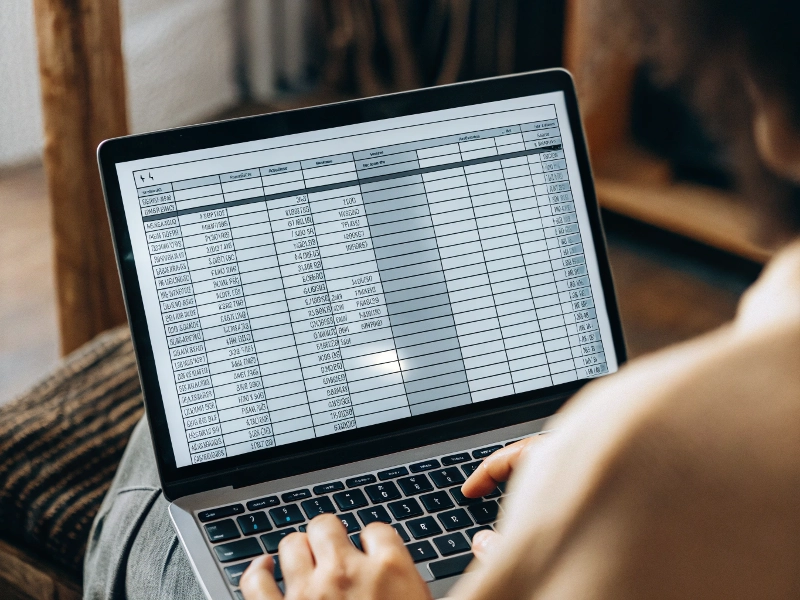
I learned this lesson the hard way years ago when I thought I’d found the "perfect" supplier with unbeatable prices. When the final shipment arrived, additional costs had ballooned the actual price by over 40%!
Here’s the framework I now use for accurate landed cost calculation:
Comprehensive Cost Component Breakdown:
- Base product cost: FOB or EXW price
- International shipping: Container/freight costs (which vary dramatically by origin)
- Insurance: Typically 0.5-1% of product value
- Import duties: Base duties PLUS tariffs specific to origin country
- Customs fees: MPF, HMF, and other processing fees
- Customs broker fees: For documentation and entry processing
- Port charges/handling: Including demurrage if applicable
- Inland transportation: From port to your facility
- Inventory carrying costs: Especially important when comparing sources with different lead times
- Quality management costs: Inspections, possible rejections
Let me show you how this plays out in a real example (anonymized from a client project):
| Cost Component | Chinese Supplier (with tariffs) | Mexican Supplier | Indian Supplier |
|---|---|---|---|
| Unit Price (1000 bottles) | $800 | $950 | $870 |
| Shipping/Freight | $250 | $150 | $320 |
| Insurance | $8 | $9.50 | $8.70 |
| Tariffs (25% on Chinese) | $200 | $0 | $0 |
| Base Import Duties | $24 | $28.50 | $26.10 |
| Customs/Broker Fees | $75 | $75 | $75 |
| Inland Transportation | $100 | $80 | $100 |
| Quality Management | $50 | $70 | $90 |
| TOTAL LANDED COST | $1,507 | $1,363 | $1,489.80 |
| Lead Time | 8-10 weeks | 3-4 weeks | 10-12 weeks |
Look at that – the Mexican supplier with the highest unit price actually delivered the lowest total landed cost, plus the shortest lead time! This is why superficial analysis leads to bad decisions.
Don’t forget to also consider the domestic option. With one client, we found that a US supplier was only 12% more expensive on landed cost than the best international option – a premium worth paying for shorter lead times and supply chain simplicity.
Is Your Supply Chain Resilient Enough?
If there’s one lesson from the past few years, it’s that putting all your eggs in one basket is asking for trouble. I’ve watched companies scramble when their single-source strategy collapsed under tariff pressures.
Build supply chain resilience through strategic diversification across multiple suppliers and regions, establishing backup options before crises hit. Implement a hybrid approach combining primary and secondary suppliers from different regions while fostering transparent communication channels and maintaining accurate documentation for smooth customs clearance.
No claim provided.False
The article explicitly warns against this approach, stating 'If there's one lesson from the past few years, it's that putting all your eggs in one basket is asking for trouble' and recommends various diversification strategies.
No claim provided.True
Under the Primary/Secondary Model section, the article specifically states '70-80% volume with your main supplier' and '20-30% with a secondary supplier from a different region.'
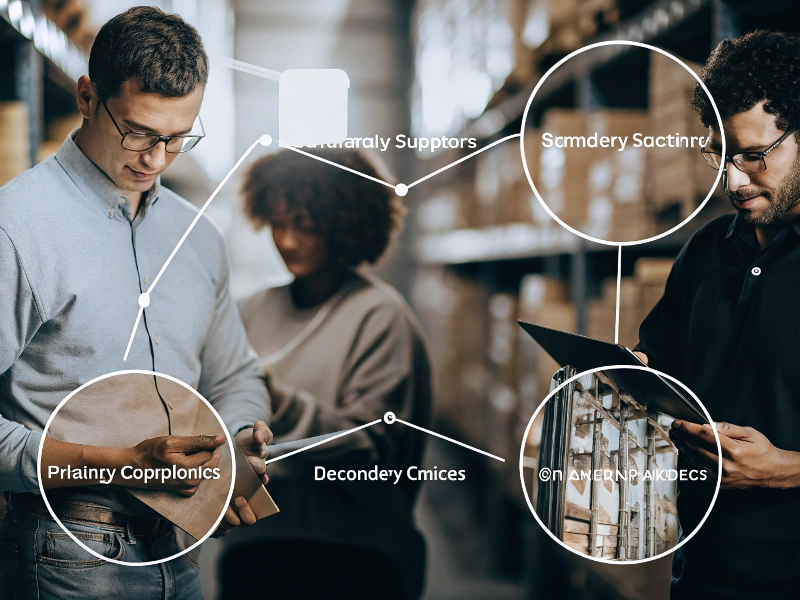
Here’s what I’ve seen work in the real world:
Effective Diversification Strategies:
-
The Primary/Secondary Model:
- 70-80% volume with your main supplier
- 20-30% with a secondary supplier from a different region
- Regular small orders keep the relationship active
-
The Regional Balance Approach:
- Split sourcing between multiple regions (e.g., Mexico and Europe)
- Each supplier handles different product lines based on their strengths
- Creates natural risk hedging against regional disruptions
-
The Domestic/International Blend:
- Source standard items internationally
- Keep specialized or urgent items with domestic suppliers
- Provides flexibility during disruptions
For smaller companies concerned about meeting high MOQs from multiple suppliers, consider negotiating smaller initial trial orders to build the relationship, or seek out suppliers known for flexibility with emerging brands. Another approach is to partner with other small companies in your network to combine orders and meet minimums.
I helped a cosmetics company implement the Primary/Secondary Model last year. Their main supplier remained in China (even with tariffs) because of unique capabilities, but we developed a Mexican backup for their top-selling SKUs. When shipping delays hit China, they seamlessly shifted volume to Mexico, avoiding stockouts.
Navigating Customs Successfully:
The most overlooked aspect of international sourcing? Customs compliance. I’ve seen perfect shipments delayed for weeks because of documentation errors.
Partner with an experienced customs broker who understands glass bottle classifications and current tariff situations. Ensure you have:
- Accurate commercial invoices with precise descriptions
- Correct country of origin documentation
- Proper HS code classification
- Complete packing lists
- Any required certifications or testing documentation
One crucial tip: maintain detailed records of all communications with suppliers regarding specifications, quality requirements, and shipping arrangements. When issues arise (and they will), this documentation is invaluable.
Real Success Stories: How Crystal Has Solved Problems for Customers
Let me share how we at Crystal have helped our customers navigate the complex challenges of glass bottle sourcing, particularly in today’s shifting tariff environment.
Case Study #1: Premium Spirits Brand Facing Quality Inconsistencies
Challenge: A US-based premium spirits brand was experiencing frustrating quality inconsistencies with their previous supplier. Their bottles showed variation in weight, color consistency, and finishing details – unacceptable for a premium product. Additionally, they needed to maintain specific design elements that were crucial to their brand identity.
Solution: At our 30,000-square-meter facility in Tongshan Glass Industrial Park, we leveraged our 7 advanced automatic production lines to deliver exceptional consistency. Our design team worked closely with the brand to refine their bottle design, maintaining the distinctive elements they valued while optimizing for production efficiency. We implemented our "zero defect, zero complaints" quality system, with comprehensive quality control at 12 checkpoints throughout the production process.
Result: We’ve now produced over 3 million bottles for this client with a defect rate below 0.3% – far exceeding their previous supplier’s performance. Despite tariff considerations, the client has maintained our partnership because the eliminated quality issues and reduced product returns have more than offset the tariff costs. The consistent quality has also strengthened their premium market positioning.
Key Lesson: Sometimes the lowest total cost comes from working with a supplier with superior quality systems, even when factoring in tariffs. The hidden costs of quality issues can far outweigh visible tariff expenses.
Case Study #2: Cosmetics Brand Requiring Design Innovation and Supply Chain Stability
Challenge: A cosmetics brand wanted to refresh their packaging design while simultaneously addressing supply chain vulnerabilities exposed during recent global disruptions. They needed a partner who could both innovate on design and provide production stability in uncertain times.
Solution: Our comprehensive approach at Crystal proved ideal. Our in-house design team developed five distinct concept directions, collaborating through multiple iterations to perfect both aesthetic appeal and functional performance. Meanwhile, we structured a supply program leveraging our annual production capacity of 150 million units to guarantee consistent availability. We created a transparent communication system with bi-weekly updates on production status, inventory levels, and shipping logistics.
Result: The redesigned packaging helped the brand achieve a 23% increase in retail sales, while our production reliability eliminated the stockouts they had previously experienced. Because we handle everything from design through production to complementary components, we simplified their supply chain from five vendors to just one relationship. When tariff changes occurred, we absorbed some of the cost increases through production efficiency improvements, demonstrating our commitment to a long-term partnership.
Key Lesson: Working with a full-service supplier that handles design through production creates both aesthetic advantages and supply chain resilience, providing a buffer against market disruptions including tariff changes.
These case studies demonstrate why Crystal has become a trusted partner for companies across the United States, Europe, and Australia. While tariffs present real challenges, we believe in creating partnerships that deliver value far beyond the base price, focusing on quality, design innovation, and supply chain reliability that ultimately contribute more to our customers’ success than simply the lowest initial quote.
Turn These Challenges into Opportunities
The glass bottle supply chain is facing unprecedented challenges, but there’s also opportunity in this disruption. I’ve watched forward-thinking companies use this moment to build stronger, more resilient supply networks that will serve them for years to come.
Finding reliable glass bottle suppliers under new tariffs requires looking beyond temporary exemptions to build true supply chain resilience. Focus on thorough supplier vetting, accurate landed cost calculations, strategic diversification, and proactive relationship management. Start now – the companies acting today will secure the best partners while competitors remain paralyzed by uncertainty.
Take immediate action:
- Assess your current supply chain’s vulnerability to tariff changes
- Identify potential alternative suppliers in 2-3 regions using the vetting checklist
- Calculate comprehensive landed costs to make truly informed decisions
- Implement a diversification strategy appropriate for your product mix
- Develop transparent communication channels with all suppliers
Remember what I said at the beginning – panic decisions lead to expensive mistakes. Use this framework to make strategic, informed choices that position your business for long-term success, regardless of what tariff changes come next.
The glass bottle supply chain is changing permanently. Will you be caught unprepared, or will you emerge stronger with more resilient supplier partnerships? The choice is yours, but the time to act is now.
Useful Resources
-
Industry Platforms:
- Glass Global – Specialized glass industry marketplace
- Europages – European B2B directory with glass manufacturer section
- Thomas Register – North American supplier discovery platform
-
Trade Associations:
- Glass Packaging Institute (GPI) – US glass packaging trade association
- European Container Glass Federation (FEVE) – European glass packaging association
- Glass Alliance of India – Indian glass industry association
-
Inspection & Verification Services:
- SGS – Global inspection, verification, testing and certification company
- Intertek – Quality assurance provider
- Bureau Veritas – Testing, inspection and certification
-
Customs & Trade Resources:
- U.S. Customs and Border Protection – Official information on duties and tariffs
- USITC HTS Database – Harmonized Tariff Schedule lookup
- Import Genius – Import/export data and supplier identification tool




